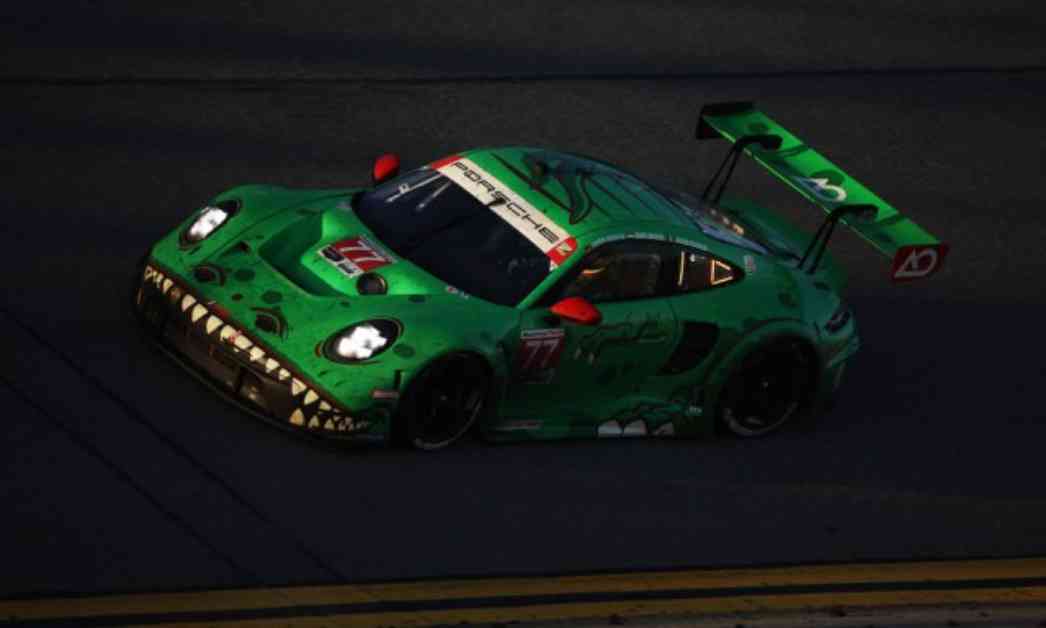The Rolex 24 At Daytona, an iconic event in the racing world, offers fans a unique opportunity to partake in the time-honored tradition of souvenir hunting. However, recent incidents have marred this cherished practice, raising concerns about theft and unauthorized access to valuable team components.
One of the standout moments from last weekend’s race involved the DXDT Racing team and their Corvette Z06 GT3.R, which caught fire with driver Charlie Eastwood behind the wheel. As a result, fans were treated to a rare collection of burnt bodywork and other damaged parts from the rear-engine car. Among the notable items salvaged were a crispy bumper and a roasted diffuser, providing enthusiasts with tangible mementos from the thrilling event.
While some teams, like DXDT Racing, welcomed fans to pick through their damaged components, others, such as AO Racing, fell victim to unauthorized scavenging. The AO Racing team saw their Porsche 911 GT3 Rawr and ORECA 07 LMP2 entries sustain on-track damage, leading to a pile of broken parts that were pilfered without permission. This trend of opportunistic souvenir hunting has highlighted the vulnerability of teams’ belongings during the chaos of a 24-hour race.
In response to these incidents, team managers and officials are considering enhanced security measures for future events. With the potential introduction of garage-based security staff, teams hope to safeguard their equipment and prevent unauthorized access by theft-minded attendees. The need for increased vigilance and protection of team assets has become a pressing concern in light of recent incidents of intrusion and theft.
Amidst the excitement and energy of the Rolex 24 At Daytona, the issue of souvenir hunting has taken on a new dimension, reflecting broader societal challenges related to privacy and respect for personal property. While fans are eager to connect with their favorite teams and drivers through memorabilia, it is essential to uphold ethical standards and boundaries to ensure a positive and respectful environment for all participants.
As the racing community grapples with these challenges, there is a growing recognition of the need for mutual respect and accountability among fans, teams, and event organizers. By fostering a culture of responsibility and shared appreciation for the sport, stakeholders can work together to preserve the integrity of souvenir hunting while upholding the values of sportsmanship and fair play.
In conclusion, the tradition of souvenir hunting at the Rolex 24 At Daytona has faced significant challenges in recent years, prompting a reevaluation of existing practices and security protocols. As fans and teams navigate this evolving landscape, it is essential to prioritize respect, integrity, and ethical conduct to ensure a positive and rewarding experience for all involved. By upholding these values, the racing community can continue to celebrate its rich history and tradition while embracing the spirit of camaraderie and sportsmanship that defines the sport.












